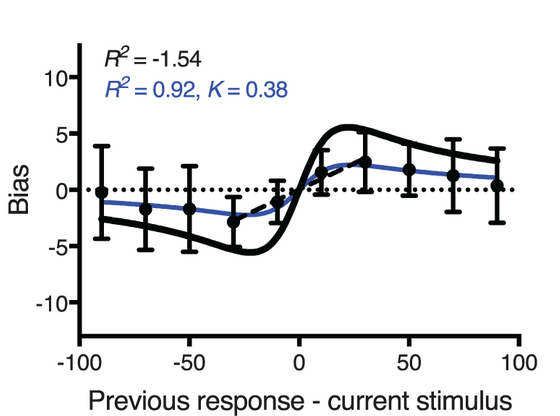It turned out that what was seen next looked beautiful when looking at beautiful things

by
If you look at something that is not beautiful and then look at something beautiful, it seems that beautiful things look more beautiful because of the disparity, but in reality, if you look at something that is not beautiful, what you see next is not beautiful As you can see, when you look at something beautiful, the next thing you see looks beautiful. '
Attraction to the recent past in aesthetic judgments: A positive serial dependence for rating artwork | JOV | ARVO Journals
https://jov.arvojournals.org/article.aspx?articleid=2753404
Beauty in the biased eye of the beholder-Neuroscience News
https://neurosciencenews.com/beauty-biased-15236/
A research team such as David Allee, a professor of psychology at the University of Sydney, conducted an experiment that allowed college students and 24 male and female applicants for online advertising to see paintings and evaluate their appeal. . In the experiment, we used 100 landscapes and still lifes, but since previous studies have shown that 'evaluation of face preference is influenced by the face seen a while ago', portraits and portraits Excluded.
In the first experiment, 40 paintings were randomly selected from 100 paintings, and the paintings were randomly displayed in 1000 milliseconds (1 second) on the monitor placed in front of the subject, each painting being 20 We had you watch painting a total of 800 times to be displayed once. In addition, after the paintings were displayed, they were asked to evaluate the attractiveness they felt.

This experiment showed that the subjects did not make the same evaluation even when they viewed the same picture repeatedly, but the evaluation was influenced by the appeal of the picture they saw the previous time.
The following is a graph showing the results, the horizontal axis is `` the difference between the evaluation when looking at the painting before and the evaluation of the painting seen before '', and the vertical axis how much the evaluation affects the difference It represents the bias that has been done. For example, looking at the right side of the graph, if the previous painting is rated as attractive, the line will be higher than half of the graph. If you see a painting that is not attractive, the next painting is also not attractive.

This tendency was the same even when the length of time to see the painting was changed. The graph below shows the results of a second experiment that reduced the time to see a painting to 250 milliseconds (1/4 second). Although the bias was more gradual than in the first experiment, a bias similar to that in the first experiment was observed.

It has also been found that bias has nothing to do with interest or knowledge about art. The following two graphs show the result of comparing bias with subjects' interest in art (left) and knowledge (right), but no significant correlation was found.

Mr. Allee said, “A lot of people think that there is a kind of contrast effect that looks beautiful when you see a beautiful thing next to an unbeautiful thing, but surprisingly it was actually the opposite.” It was.
“The curators who managed the museum gallery probably knew the human bias before the experiment, because the gallery is often the best piece of art. ”And pointed out that the results of the experiment are consistent with the sensitivity of art specialists.
Related Posts:






